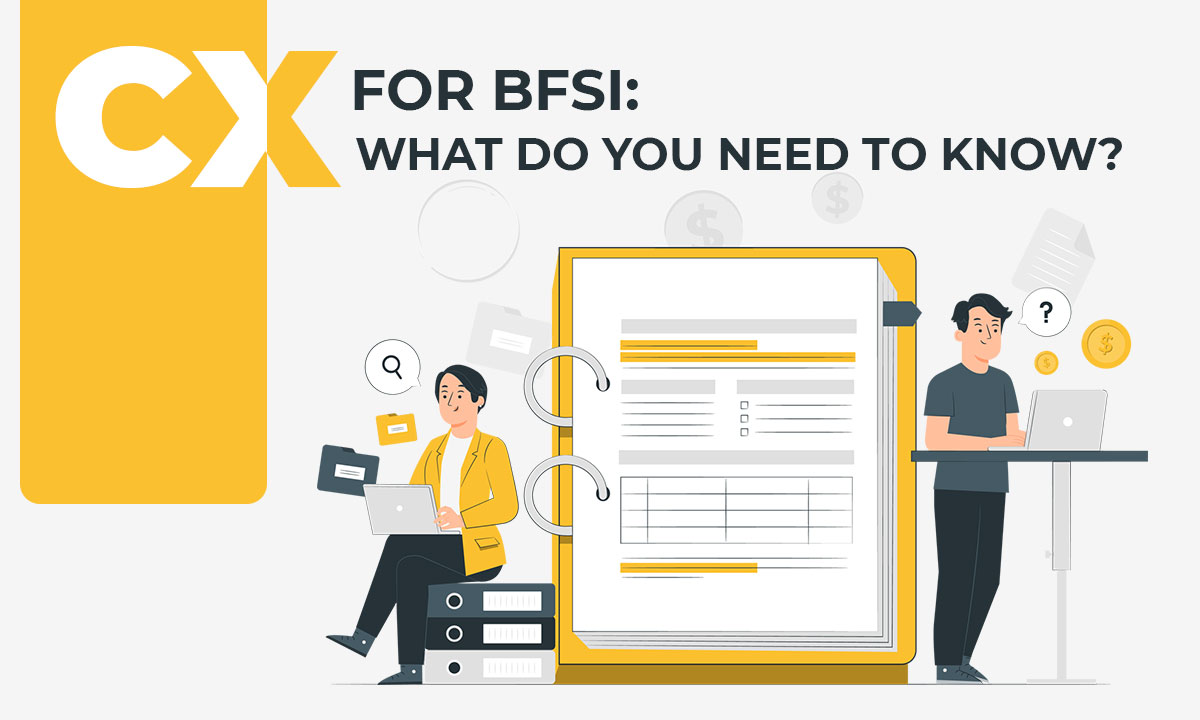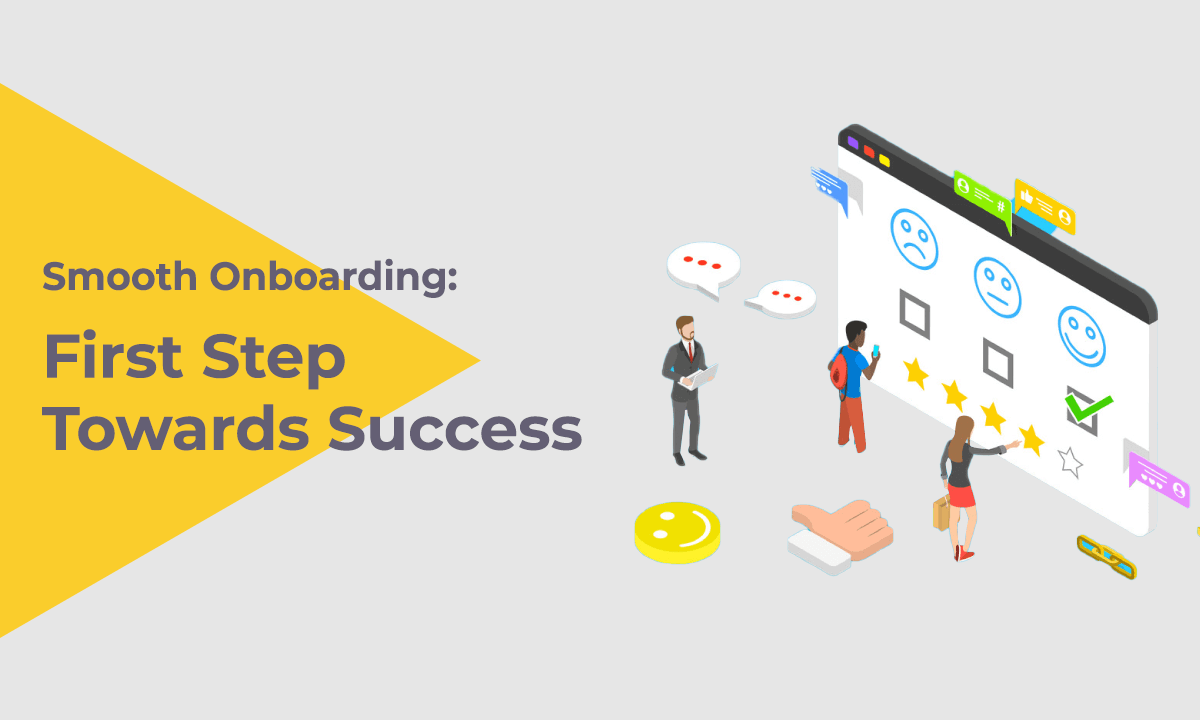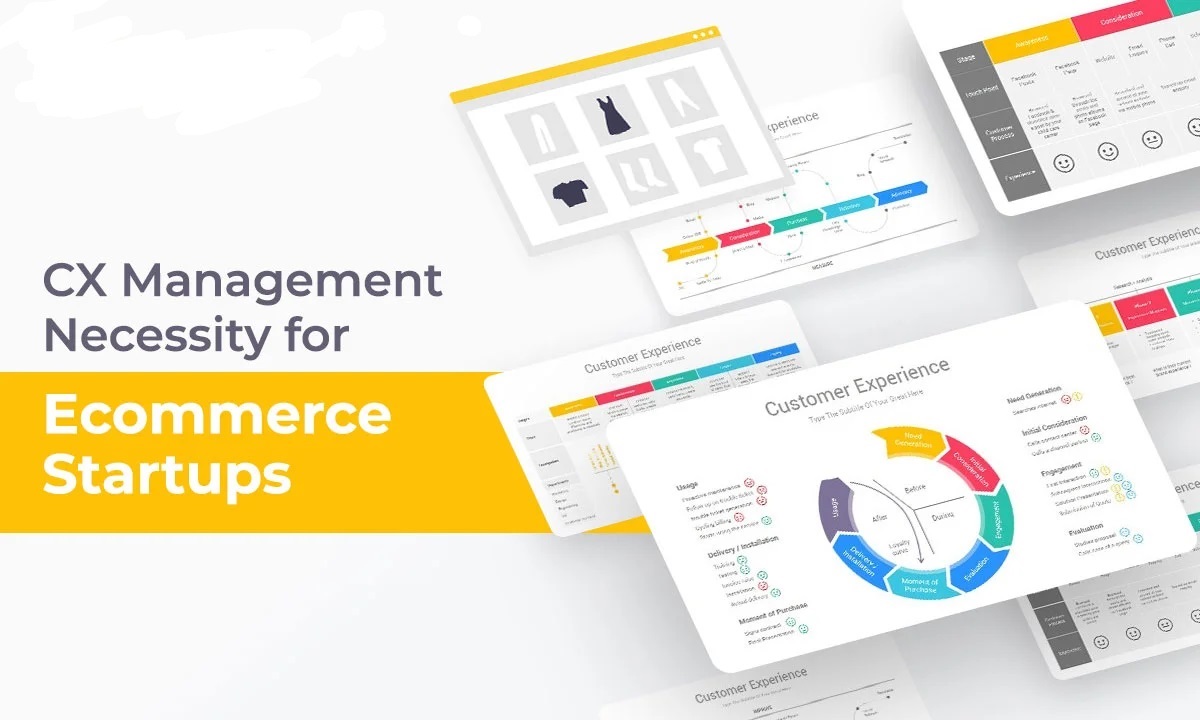
Businesses spend a lot of money on winning new customers and, more importantly, retaining the old ones. A great Customer Experience (CX) strategy is no longer optional in today's competitive business landscape. It's essential for building customer loyalty and staying ahead of the competition.
Recently, many researchers have considered Customer experience a paramount need in running a successful and sustainable business, resulting in a greater need for effective Customer experience management.
Customer experience strategy involves monitoring and assessing how customers perceive and interact with your brand. It encompasses the complete range of mental, emotional, sensory, and behavioral reactions customers have throughout their journey of engaging with your products or services. This journey includes before, during, and after the purchase phases.
A great CX strategy aims to exceed customer expectations at every touch point. This helps businesses gain loyal customers, who will not only choose your brand but endorse it.
Here are five effective ways to create a great CX strategy:-
1. Understanding your audience
The foundation of a successful CX strategy is a deep understanding of your customers. It involves in-depth market research, collecting customer feedback, and creating detailed customer personas. Through these efforts, you can identify their needs, pain points, preferences, and expectations at various stages of their journey with your brand. This knowledge will enable you to offer your products, services, and interactions to align with customer desires, ultimately fostering greater satisfaction and loyalty. A customer-centric approach, rooted in this understanding, is paramount for delivering a customer experience that sets your business apart in today's competitive landscape.
2. Mapping the Customer Journey
Once you have a clear picture of your customers, mapping out their journey is the next step. It involves visualizing and understanding every step and interaction a customer has with your brand, from initial awareness through the purchase process and post-purchase support. You can pinpoint areas where improvement is needed by identifying touchpoints, pain points, and opportunities for engagement. This comprehensive view helps you align your resources to provide a seamless, consistent, and satisfying experience. Additionally, it allows you to proactively address customer needs and expectations, enhancing their journey and increasing the likelihood of customer retention and loyalty.
3. Prioritizing Customer Feedback
Prioritizing customer feedback involves making customer insights a central driver of your CX strategy. Actively gather feedback through surveys, reviews, and direct interactions. Carefully analyze this input, seeking patterns and identifying areas where improvement is needed. Prioritization comes into play by addressing urgent or common issues first, ensuring swift resolution and immediate impact on customer satisfaction. Implement feedback-driven changes across the organization, involving relevant teams, and regularly measure progress with key performance indicators. By giving customer feedback a high priority, you enhance the customer experience and demonstrate your commitment to listening and adapting to customer needs, ultimately fostering stronger loyalty and retention.
4. Creating a customer-centric culture
Creating a customer-centric culture is about instilling a mindset throughout your organization where every employee, from top to bottom, prioritizes and values the customer above all else. It means aligning company values, goals, and behaviors with the singular objective of delivering exceptional customer experiences. To achieve this, leaders must lead by example, fostering a culture of empathy, active listening, and continuous improvement. Employees should be empowered to make decisions that benefit the customer and receive training and support to ensure they have the tools and knowledge to do so effectively. A customer-centric culture ensures customer satisfaction is woven into the organization's fabric, resulting in long-lasting relationships and business success.
5. Embracing technology and innovation
Embracing technology and innovations is essential for creating and sustaining a competitive edge in customer experience. By harnessing the latest technological advancements, businesses can streamline processes, personalize interactions, and enhance overall customer engagement. Implementing customer relationship management (CRM) systems enables data-driven insights into customer behavior and preferences. Automation and AI-powered solutions help in delivering real-time support and tailored recommendations. Staying attuned to emerging tech trends and customer-centric innovations allows companies to remain agile and adapt to evolving customer expectations. Embracing technology fosters efficiency, enables personalization, and ultimately contributes to delivering seamless and exceptional customer experiences.
In conclusion, a great CX strategy is necessary for businesses looking to thrive in today's customer-centric market. By placing a strong emphasis on this aspect, companies can cultivate customer loyalty, achieve higher retention rates, and ultimately experience revenue growth. Prioritizing the customer's journey and satisfaction can have an impact on a business's success, making it a critical area that demands ongoing care and focus in today's competitive marketplace.











